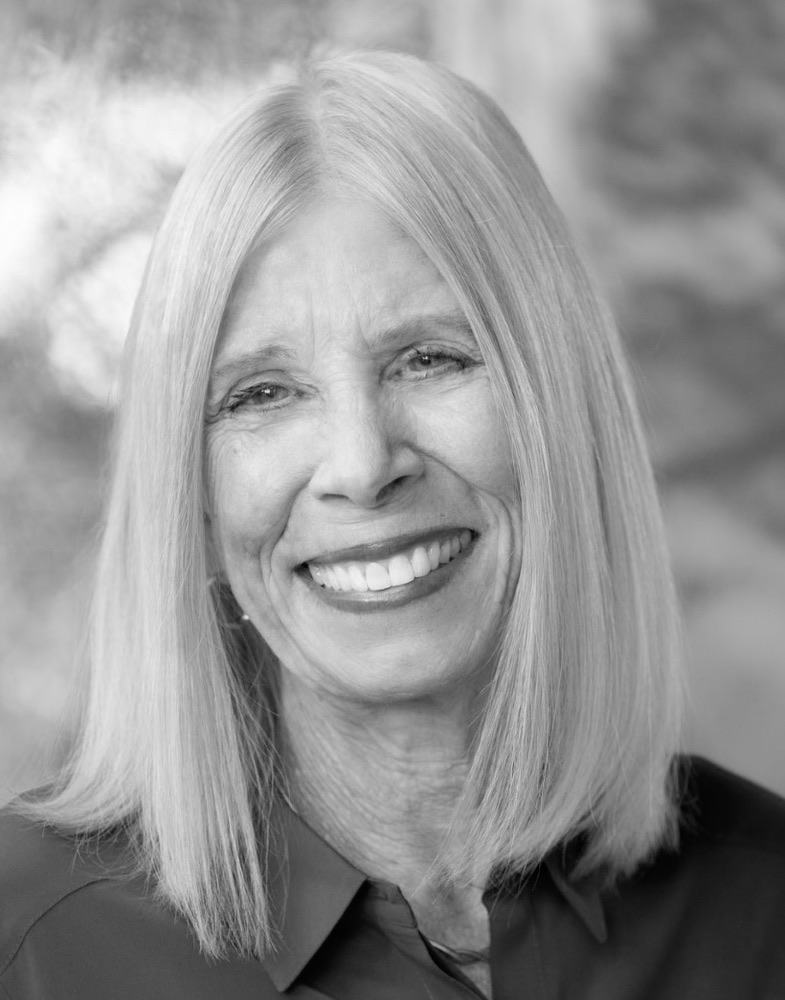As the largest wildfire now blazing through the United States snaked towards his home, Bishop Gary Eagar refused to comply with a mandatory June 8 evacuation of Eagar, Arizona.
Instead, the 56-year old welder signed a waiver absolving officials of blame should he be burned to a crisp, resigned himself to inhaling headache-inducing smoke, and holed up in his slump-block house with his wife so he could watch over the town that was founded by his ancestors.
“Several people here have stayed,” he says. “I try to check on them.”

Like most of the small eastern Arizona mountain towns in the path of the 11-day-old Wallow fire, Eagar was settled by 19th century Mormon pioneers. And, like Gary Eagar, local Mormons feel tied to the landscape of forested mountains and grassy river valleys.
Known in Arizona for their ultra-conservative politics and well-honed organizational skills, hundreds of Mormons in northeastern Arizona have gone into Good Samaritan mode, helping protect properties, transporting horses and other animals to safe areas, manning phone trees to check on each other’s safety, passing fire information along on Facebook and Twitter, baking cookies for firefighters and opening their homes to strangers as the blaze roars through the White Mountains.
The Wallow fire, according to The Arizona Republic, gets its name from its point of origin, thought to be an uncontrolled campfire in the Bear Wallow wilderness in the Apache-Sitgreaves National Forest. Since its inception on May 29, the second-largest fire in Arizona history has consumed nearly 409,000 acres, and is only 5 percent contained, authorities say. Fueled by Arizona’s drought-damaged, beetle-infested Ponderosa pine trees, high winds, forest mismanagement, and its own heat that spews fireworks of burning detritus for miles, the Wallow fire has fingered mostly to the north and east to the New Mexico border. So far, it has charred 29 residences and forced the evacuation of seven towns.
Many of those fleeing the fire have left the area, but at least 500 fire refugees have streamed into the Blue Ridge High School, which is serving as the official evacuation center in nearby Pinetop, Arizona.
Pinetop-Lakeside Mayor Rich Crockett (he’s a Mormon, too) says he observed Mormon Church members lining up at the evacuation center to offer their homes to “total strangers.”
“It doesn’t matter whether an evacuee is a member of the church or not, we just want to help,” says Steven Shumway, president of the 4,000-member Pinetop-Lakeside Stake. (A Mormon stake is comparable to a Catholic diocese.)
The efficient outpouring of help from Latter Day Saints and others has sometimes overwhelmed emergency officials. And “when the Red Cross feels it's too much, that tells you something about the community, and members of the Church,” Mayor Crockett says.
The Wallow is the best known, but not the only, fire now racing through Arizona. Two desert fires in the borderlands have consumed an additional 200,000 acres, and are also thought to have been caused by humans. A fourth blaze in the Flagstaff area, now contained, was allegedly started a few days ago by a man distressed by a fight with his girlfriend.
Northern Arizona’s mountain country is largely rural, and has long served as a vacation idyll for residents of Phoenix and Tucson, who built cabins in the Mormon towns to escape the desert heat. Sen. Jon Kyl, for instance, was evacuated from his cabin in Mormon-founded Greer on June 8.
The fire has destroyed about 22 homes in Greer, and the town may still be in peril if expected high winds kick up again on Sunday. Residents still don’t know when they’ll be allowed back into the town.
It’s still too early to determine domestic and wild animal casualties, although a Twitter post says the fire incinerated some of the area’s elk herd. Traditionally, the White Mountains are used as summer forage pastures for sheep and cattle, and one family is herding 4,500 sheep to safer pastures on foot, according to the Arizona Republic. Local communities have opened up animal pens nearby.
While it’s too early to figure the economic damage caused by the Wallow fire, it hit an area already suffering high unemployment just as it prepared for its peak tourism season. And the state’s tourism industry had already taken a hit after boycotts and cancelled reservations stemming from the passage of Arizona’s SB 1070, which makes it a state crime for an unauthorized immigrant to set foot in Arizona. And the shootings in Tucson in January, which wounded Rep. Gabrielle Giffords and killed six people, brought more bad press to Arizona.
“We don’t need any more negatives in Arizona,” laments Greer cabin owner Barb Laske. “I don’t know what beauty we’ll have left in Greer. Those trees don’t grow back overnight.”
So far, fighting the Wallow has cost at least $7.7 million. Fourteen helicopters, 17 bulldozers and 221 fire engines seemed powerless to stop the monster fire as the winds raged, but on Thursday night the winds quieted, and a giant DC-10 air tanker dumped thousands of gallons of retardant in an effort to save Greer.
More than 3100 fire fighters have been deployed to the White Mountains, authorities say. Friday, as the wind died down, crews started burnout fires ahead of the Wallow’s projected path and built firelines to protect Springerville and Eagar, where Bishop Gary Eagar is holed up.
Sometimes, the orange-brown smoke is so thick “that I might only see 200 yards ahead.” His wife likens the odor to burned toast, but he says it smells like a campfire. The two have masks available just in case the smoke gets too bad, but he can only see 200 yards ahead. But, he insists, “We’ll be safe.”
Just seven years ago, Eagar remembers, his town offered refuge to evacuees from the largest fire in Arizona history, the human-caused Rodeo-Chediski fire, which destroyed more than 460,000 acres. He recalls that residents of Eagar opened their homes to evacuees from Pinetop and Lakeside. Back then, one of the church buildings he now hopes will be spared served as a special evacuation center for people with medical problems.
“Just a few years ago,” he says, “the roles were reversed.”
Nick Newman, a graduate student at The Walter Cronkite School of Journalism and Mass Communication at Arizona State University, contributed to this report.






